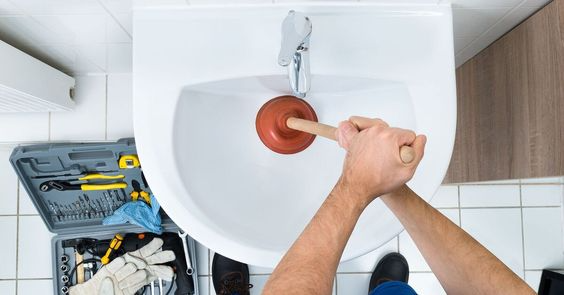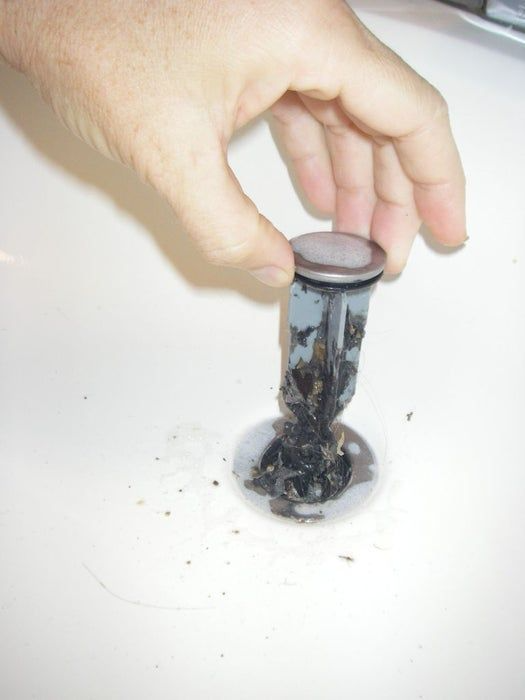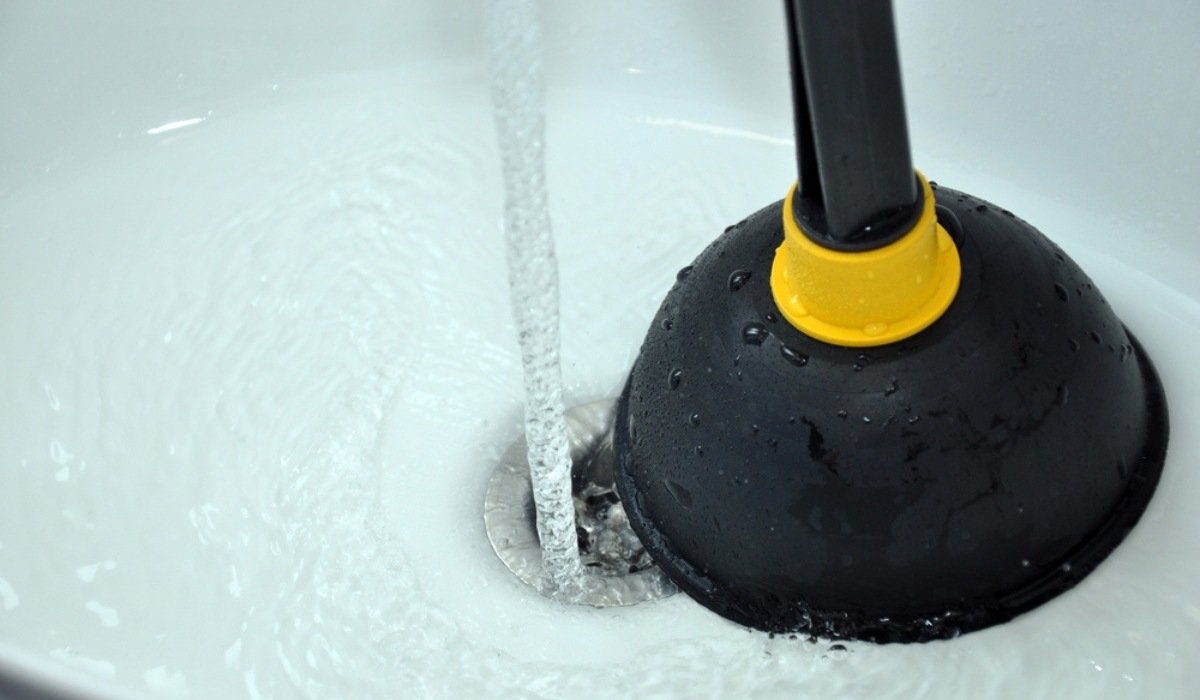When you remove the drain stopper from your sink, and the water takes a long time to flow away, this is typically the first sign that your sink may be blocked. Additionally, a clogged wash basin may start to smell strong or gurgle strangely when draining. In this article, you will learn how to tackle a wash basin blockage.
See also: How to unclog your clogged toilet?
What causes a wash basin blockage?
The most common cause of a wash basin blockage is the combination of soap scum and debris like hair, skin flakes, nails, etc., inside the sink pipe. Additionally, the hard water’s minerals might collect inside the pipe and prevent the water from draining.
How to deal with a wash basin blockage?
Boiling water
Boiling water is the quickest way to clear a clog in your washbasin caused by hair, grease, soap residue and other minor trash. Pour the boiling water directly into the drain opening after heating the water in a kettle. Aim for at least 1.5 litre of water or your kettle’s maximum capacity, and be careful to prevent getting burned by steam or splashes. Next, open the tap and check to see if the water runs. Repeat the procedure once if the water isn’t emptying or the drain is still draining slowly. If the issue still exists, the obstruction is too difficult to remove using hot water.
Vinegar and baking soda
This is a tried-and-trusted method for unclogging drains that works wonders in wash basins. Just combine 1/3 cup of vinegar and 1/3 cup of baking soda in a measuring cup. This mixture will bubble right away, so you should quickly dump it down the drain. The hair and dirt are effectively removed thanks to the fizzing action. After letting it stand for about an hour, rinse it with hot water.
Plunger
You might be able to remove the obstruction using a plunger if it’s somewhat close to the surface. Plunging removes any obstruction by first using suction, followed by the pressure that is applied back and forth. Utilise a wash basin plunger, which resembles a stick-mounted half-basketball cup.
Steps how to unclog a sink with a plunger:
- Get rid of the wash basin stopper.
- With a damp cloth, block the wash basin drain.
- Place the plunger cup over the sink drain hole fully.
- One inch of water, or enough to cover the rims of the plunger cup, should be added to the sink.
- To remove air and create a good seal, gently plunge down once. When the plunger seals, you will feel it ‘grab’ the sink drain. To position yourself directly above the drain if you are having difficulties achieving a good seal, you might find it helpful to stand on a chair.
- Strenuously plunge six to ten times up and down while attempting to keep the seal intact. Repeat as necessary.
- Pull up and remove any debris that has been propelled after removing the plunger and the cloth.

Source: Pinterest (Hometalk.com)
Drain snake
Tools called plumber’s snakes or drain snakes are available at your neighbourhood hardware shop. A coil of metal wire with a wider gap at one end is the drain snake. Simply turn a crank to rotate the wire as it passes through your drain pipe to use it.
Steps to unclog a sink with a drain snake:
- The use of automatic drain snakes or plumber augers is advised.
- Put towels or rags under the sink.
- Remove the p-trap first.
- Now take out the wash basin stopper.
- Until you encounter resistance, manually feed the drain snake into the wall drain.
- Uncoil the drain snake by using the handle.
- Rotate the drain snake’s head up and down as well as back and forth after you have reached the clog. The clog should start to loosen up.
- Connect the sink’s parts after removing the drain snake.
- Run water through the wash basin to test it, then remove any debris that the snake may have brought to the surface.

Source: Pinterest (Instructables)
Tips for keeping your wash basin clear
- Every month, take out your drain stopper and clean it of dirt to prevent clogs. You can discover hair entangled or product residue.
- Stall a mesh drain catcher in the sink and regularly empty it into the trash can if you frequently suffer from hair clogs.
- Boiling water should be poured down the drain once a month to remove the black sludge that soap, toothpaste, and other products leave behind. Additionally, boiled water will clean the drain in the wash basin.
FAQs
Any household items I can use to unclog the sink?
Yes, you can use a mixture of vinegar and baking soda.
How can I prevent future sink clogs?
Use a hair catcher and avoid dumping grease.
Is a plunger a good tool to unclog a sink?
Yes, it can help suction out debris.
What’s the benefit of using baking soda and vinegar?
The mixture creates a foaming reaction that can break down clogs.
Are commercial cleaners safe?
They can work, but be cautious with pipes.
| Got any questions or point of view on our article? We would love to hear from you. Write to our Editor-in-Chief Jhumur Ghosh at jhumur.ghosh1@housing.com |
Housing News Desk is the news desk of leading online real estate portal, Housing.com. Housing News Desk focuses on a variety of topics such as real estate laws, taxes, current news, property trends, home loans, rentals, décor, green homes, home improvement, etc. The main objective of the news desk, is to cover the real estate sector from the perspective of providing information that is useful to the end-user.
Facebook: https://www.facebook.com/housing.com/
Twitter: https://twitter.com/Housing
Email: editor@housing.com











